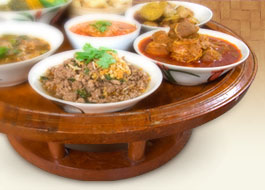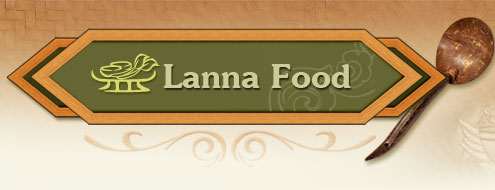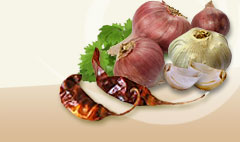Cloves |
|
|
 | Pellacalyx syzygium aromaticumm. |
|
| |
 | Rhizophoraceae |
|
| |
 | Cloves |
|
| |
 | Chanchi (Northern) (Wut Wuthithamwet, 1997 102; Department of Agricultural Extension, Crop Promotion, Herbs and Spices, 2007). |
|
| |
 | Clove trees grow to a height of 12 m. leaves glossy, lance-like and very fragrant. Immature flower buds are green at first, gradually turning bright red. Buds are handpicked just as they turn pink. Seeds are round, 1 cm. in diameter, brown. The clove trees originated in the Indonesian Moluccas or spice islands. Nowadays Madagascar, Brazil, and Penang are the major producers of the world. Propagation takes place by seeds in tropical climates usp to 900 m. above sea level. Flowering begins when the trees are 8 years old. The highest yield is when the trees reach 8-20 years old. A single tree can produce 4-8 kg./year dry cloves. The lifespan of the trees is 60 years. (Wut Wuthithamwet, 1997, p. 102) |
|
| |
 |

Contains calcium, phosphorus to strengthen bones and teeth. (Wut Wuthithamwet, 1997, p. 102) |

Has a spicy hot taste, good as an expectorant for phlegm, to treat scurvy, asthma, toothaches, stomach cramps, indigestion, as an antibacterial (e.g. E. coli), antiviral, antifungal (e.g. Trichomonas Vaginalis), antiseptic and analgesic and a quick breath freshener. Cloves enhance the flavor of desserts, baked goods, food and beverages. They are used in toothpaste and mosquito repellent. Added to cooking oil or grease, they prevent it from going rancid. Clove oil can be extracted from the bark of the wood but the flower buds produce the best quality for medicinal use; it is colorless or pale yellow. (Wut Wuthithamwet, 1997, p. 102) |
|
| |
 |
Department of Agricultural Extension, Crop Promotion Division, Herbs and Spices.
(2007). Khrueng Thet. Retrieved July 15, 2007, from http://www2.doae.go.th/www/work/web/vachira/page2.htm (in Thai). Wut Wuthithamwet. (1997). Saranukrom Samunphrai: Ruam Lak
Pesatchakam Thai. Bangkok : Odean Store. (in Thai). |
|
| |
|
|




